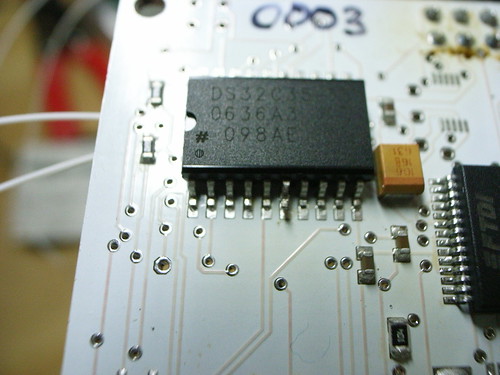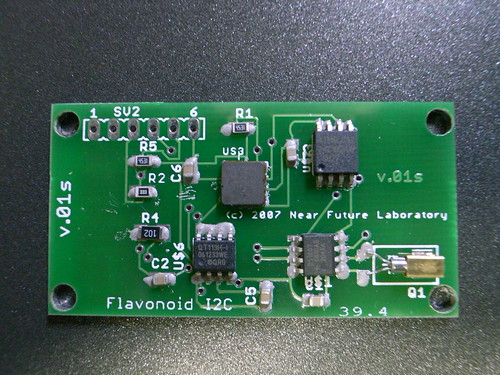So, the evolution of machinery has led to the eponymous “sleep” mode, or “sleep state” for digital devices. Our phones and computers and stuff — they can go to sleep. I think the first time I saw this (and was somewhat fascinated) was when a PC I was using had this BIOS that could put the computer into a hibernate mode. The computer could hibernate. It basically powered all the way down, freezing the system state to the hard disk. Like a bear hibernating. Spring time comes and the bear just comes to, presumably — a bit hungry but ready to go. Same with the computer.
So then I start thinking about the bear. And the computer. And the metaphors. Hibernate. Sleep.
They hold up just fine. I mean, it makes sense in a way. Then I start wondering where it goes — in the near future laboratory I’m doing some tinkering to figure out what the near future holds for this metaphor and our digital stuff.
I’ve been tinkering with time quite a bit lately, wondering how it can be used to express or encourage new, hopefully playful interaction rituals for our devices. And I’ve been thinking about a series of devices I’m cobbling together here that are playing in part with time and this is what I want to do.
I want to make devices that go to sleep. I mean, that really do go to sleep. They simply get tired and suspend themselves. Maybe with a bit of a warning like..your laptop battery is running low..I’m going to sleep..even if you change the battery or plug me in..I’m going to sleep, because I’ve been working really hard for the last 3 hours and, well..I’ve just about had it.
Animal Crossing really got me thinking about this in a small, clever, every simple way that every 7 year old understands when they play the game. When our Animal Crossing little hamlet gets dark, people in the game go to sleep. You might come across the occasional night owl, but basically its dark and not a whole lot is going on. And time is coordinated. When it’s nighttime in your normal human world, it is nighttime in your Animal Crossing world. Simple. Makes sense. Games go to sleep. It would be fun to see what life is like if other things do too, imagining that this is one small aspect of the near future we are already starting to inhabit. (Sometimes I wish Twitter would go to sleep.)
Why do I blog this? Shifting the role of the device to that of a more “human” participant is interesting to me — how does this change the terms of interaction? How does it shape the design of things? Do more biologically-derived behaviors shape interaction in playful ways that perhaps lead to more healthful interactions? That reminds us of our own humanity in a way?
Parenthetically — the chip in that photo? It’s a real-time clock. It’s called the DS32C35 and its made by Maxim IC. It has a couple of alarms built-in that you can set. It knows the time — day, date, month, century, seconds, minutes, hours. It also has a 8kb of FRAM (flash) memory, which is really useful. It replaced the 1 megabit EEPROM I had been using. FRAM is better able to go through very many write cycles whereas EEPROM prefers less (by about an order of magnitude it seems.) Since I’m basically logging data on a frequent basis (recording readings every minute or several minutes), this is a great design alternative. I had also looked at some FRAM devices from Ramtron, but when I found the DS32C35, I integrated it in the design. It also has an on-board crystal, which further reduces the design hassles and parts count. So, when I was using the DS1307, I had to have an external crystal, which took up lots of room, relatively speaking. (You can see it here in the bottom left of this 1st version of Flavonoid.)

